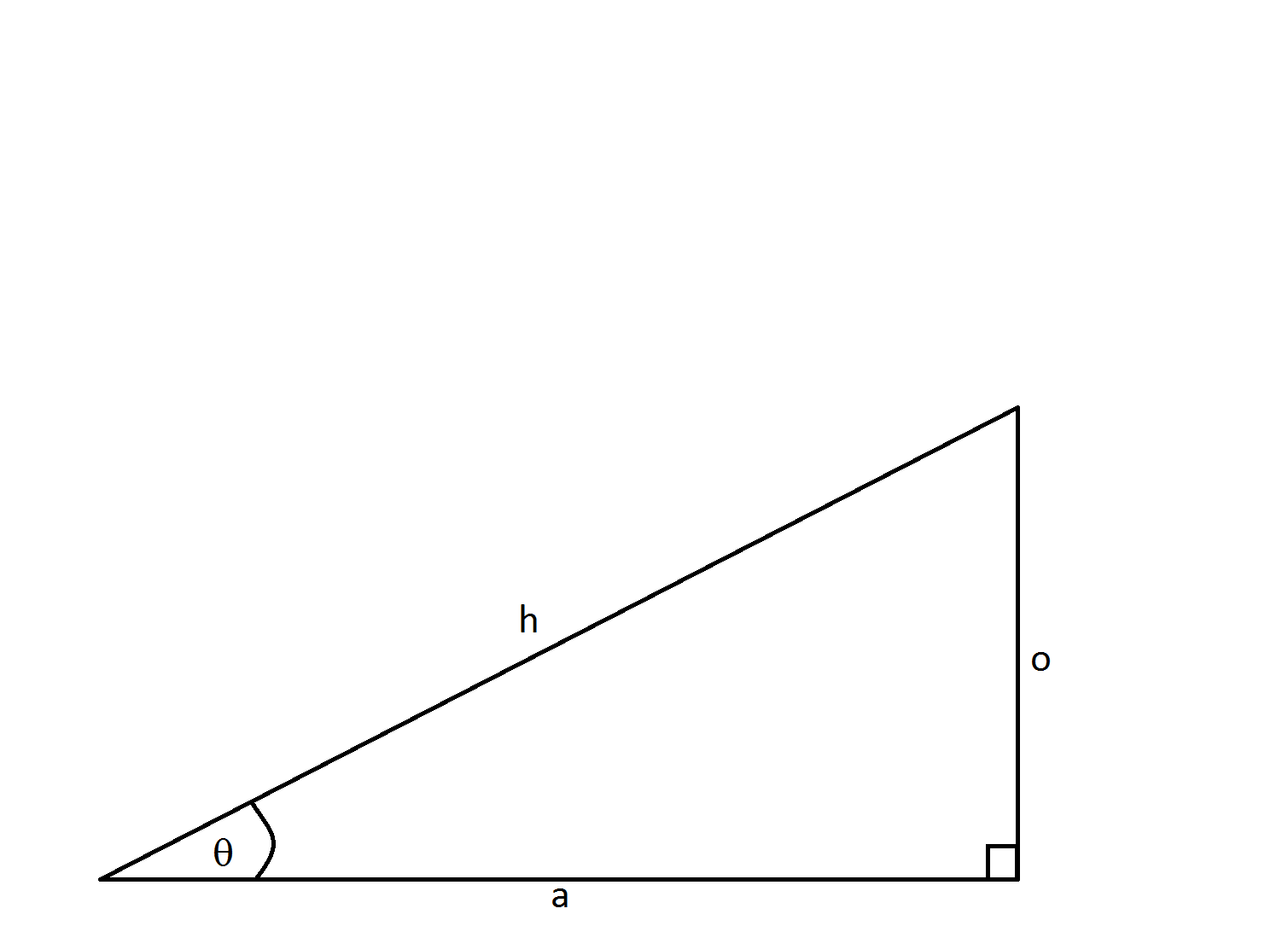Trigonometry
Help Questions
Trigonometry › Trigonometry
In the figure below, 






Which of the following is a true statement?
The area of quadrilateral 

The area of quadrilateral 

The perimeter of quadrilateral 

The perimeter of quadrilateral 

Explanation
Since 









Therefore, 








Solve the following equation by squaring both sides:
Explanation
We begin with our original equation:

Looking at the unit circle we see that 


Checking
Checking
And so our only solution is
Which of the following is positive?
Explanation
When drawn from the origin, a line 45 degrees above (counterclockwise from) the positive x-axis lies in quadrant I. Cosine is defined as the ratio between the adjacent side of a triangle and the hypotenuse of the triangle. A right triangle can be drawn in quadrant I composed of any point on that line, the origin and a point on the x-axis. The hypotenuse of this triangle is considered a length, and is therefore positive. The adjacent side of this triangle lies along the positive x-axis. Since the adjacent side and hypotenuse are both represented by positive numbers, the fraction A/H is positive. Therefore, cos 45 is positive.
You can derive the formula 

Explanation
The correct answer is 








Solve the following equation by squaring both sides:
Explanation
We begin with our original equation:

Looking at the unit circle we see that 


Checking
Checking
And so our only solution is
Using trigonometric identities prove whether the following is valid:
True
False
Uncertain
Only in the range of:
Only in the range of:
Explanation
We can work with either side of the equation as we choose. We work with the right hand side of the equation since there is an obvious double angle here. We can factor the numerator to receive the following:
Next we note the power reducing formula for sine so we can extract the necessary components as follows:
The power reducing formula must be inverted giving:
Now we can distribute and reduce:
Finally recalling the basic identity for the cotangent:
This proves the equivalence.
What is the domain of f(x) = sin x?
All positive numbers and 0
All negative numbers and 0
All real numbers except 0
All real numbers
Explanation
The domain of a function is the range of all possible inputs, or x-values, that yield a real value for f(x). Trigonometric functions are equal to 0, 1, -1 or undefined when the angle lies on an axis, meaning that the angle is equal to 0, 90, 180 or 270 degrees (0, (pi)/2, pi or 3(pi)/2 in radians.) Trigonometric functions are undefined when they represent fractions with denominators equal to zero. Sine is defined as the ratio between the side length opposite to the angle in question and the hypotenuse (SOH, or sin x = opposite/hypotenuse). In any triangle created by the angle x and the x-axis, the hypotenuse is a nonzero number. As a result, the denominator of the fraction created by the definition sin x = opposite/hypotenuse is not equal to zero for any angle value x. Therefore, the domain of f(x) = sin x is all real numbers.
Which of the following is the correct definition of a phase shift?
A measure of the length of a function between vertical asymptotes
The distance a function is shifted diagonally from the general position
The distance a function is shifted horizontally from the general position
The distance a function is shifted vertically from the general position
Explanation
Take the function 

If we were to change the function to 


Our new graph 

What is 


Explanation
In order to find 



Now to find the measure of the angle using the 
If you calculated the angle's measure to be 
While waiting for your sister to finish her bungee jump, you decide to figure out how tall the platform she is jumping off is. You are standing 

Explanation
You can draw the following right triangle using the information given by the question:

Since you want to find the height of the platform, you will need to use tangent.
Make sure to round to 


























































